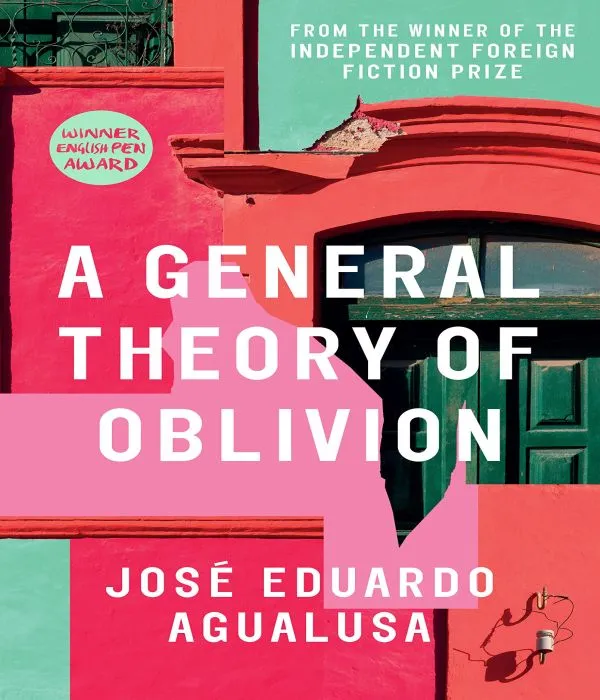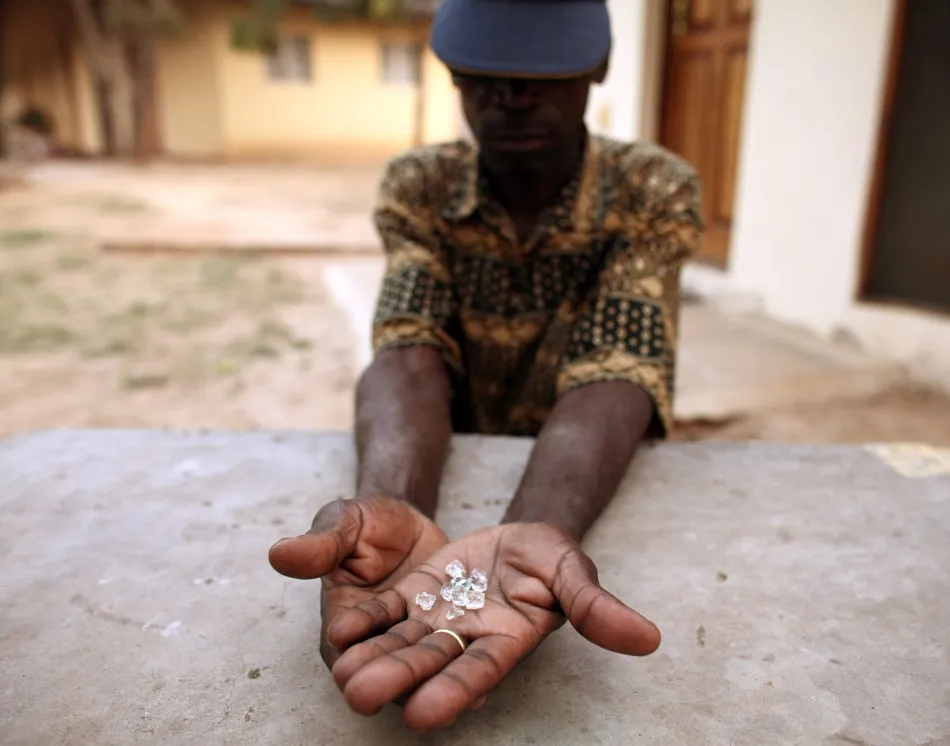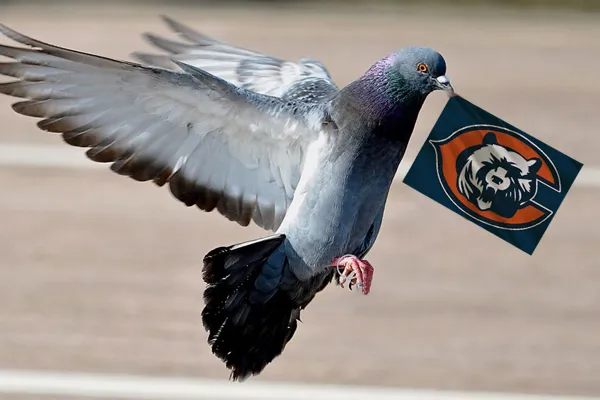This sounds like a book for our times – a woman self-isolating in her house whilst the world seemingly goes crazy around her. Locked in her house through fear, she remains there for the next 30 years. Amazingly, this is based on a true story and her real experience.
A General Theory of Oblivion by Jose Eduardo Agualusa is set in post independent Angola. Ludo, already suffering from anxiety, is left to fend for herself when her sister and brother in law fail to return from a party.
When some men show up looking for diamonds, Ludo responds by shooting one of them, she then builds a wall in the corridor to block access to her apartment. She survives by eating the food grown on her terrace. Later moving on to pigeons, which Ludo catches ironically by tempting them with diamonds.
Ludo’s story is the central theme of the story. However, there are several strong fictional sub plots that are developed. The narrative structure is fun, with chapters revealing how characters have arrived at a certain point in time that we’ve already seen from another’s perspective.
In reading this book I was curious to look up Angolan history. Throughout the sixties two main independence movements grew. Whilst the US supported Portuguese troops through this period, they were also secretly supporting one side in Angola due to their perception that Portugal was going to lose.
Although the differences in Angola were deep tribal issues – but cold war politics (not to mention to oil and diamonds) – overlaid themselves. So, on one side was Zaire (whose president’s cousin was the leader), the US, South Africa and China. On the other ranged up the Soviet Union, Cuba, and basically all the rest of the African countries because they hated South Africa.
The political situation is handled deftly. For example, through the perspective of a Portugeuse businessman for whom the “April revolution enraged and stunned him. Some days he was angry...railing against the traitors and communists who were planning, shamelessly, to sell Angola to the Soviet Union”. Through his eyes we witness “the flight of the settlers...closing of factories and small businesses, the collapse of the water and electricity services, as well as the rubbish collection, the mass prisons, the shootings.”
The theme of diamonds runs through the book, tied to the concept of wealth and corruption. Symbolically, one character who has tortured people for the “socialist” revolution ends falling off the roof trying to fix a TV aerial. “It was the triumph of free communication over obscurantism, silence and censorship”. Eventually, in Angola we see the triumph of the Western companies. In the end the conclusion is whoever was in power would have to go in hand to the IMF or World Bank.
As the book ends lots of little ties are brought together. We find out what happened to Ludo’s siter. We find out the story behind the carrier pigeon’s message of love. We also find out the ugly truth behind Ludo’s own story that began before Independence day.
This is a marvelous book. The utilisation of Ludo’s own poetry elevate this novel to another level. She is quoted at the beginning of the novel writing, I am afraid of what’s outside the window, of the air/” but at the end of her story writes to her younger self Blind as I am, I see better than you. I weep for your blindness,/for your infinite stupidity. It would have been so easy for you/ to open the door, so easy for you to go into the street and/ embrace life.”
Let us all stop being afraid and open our doors and embrace life.


